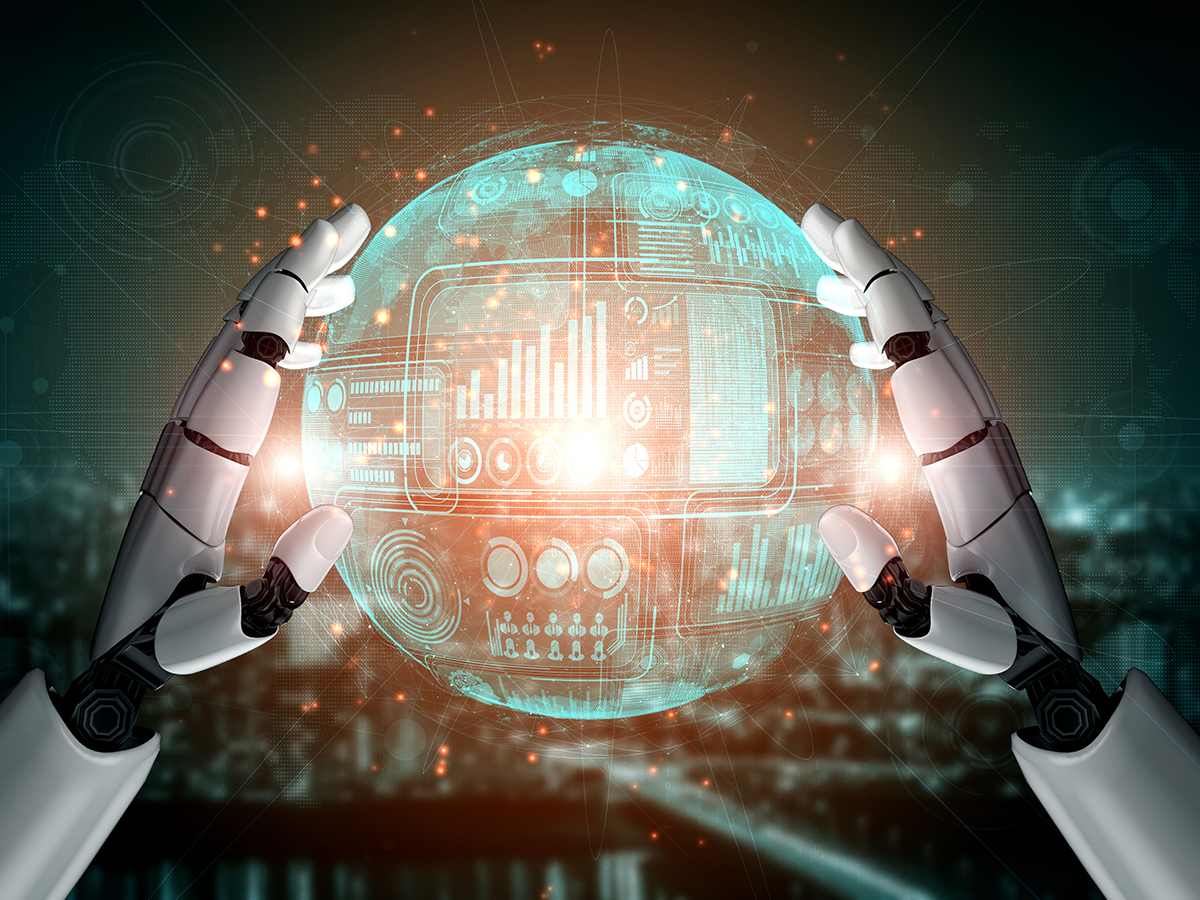How AI Will Transform CRE Forecasting
Advanced data analysis will be the industry's new superpower, according to economist Ryan Severino.
You might think what we at BGO call data science—artificial intelligence and machine learning—is overhyped. You might think it sounds great as a marketing ploy but in practice it will prove far less useful. Or at least, that it’s dotcom 2.0, meaning a smaller number of companies will use the technology well and thrive, but many will simply talk a great game without backing it up. But you’d be wrong. And I say that as a convert myself.
Not long ago, I would have said something similar, especially as a commercial real estate economist. I thought, “Oh, the computer is just doing what I do, solving systems of linear equations.” On a basic level that is true, but the reality is that I cannot do what the most advanced computers can do. But I’m not sad about that. No human can. But I can certainly appreciate the power and benefits—for the company, our clients and for me personally—that data science brings to the table.
And it is bringing a lot. We use data science for a number of things. But most relevant to me and my work, we use it to build better crystal balls—literally the most accurate forecasts in the world, far superior to anything that conventional forecasting techniques can produce. The results have been stunning, especially because conventional econometricians would argue that with relatively few observations to use for prediction (at best, roughly 160 quarterly observations), forecast models should struggle with accuracy. But instead, they excel.
As Chris Liedtke, our chief data scientist, likes to say, data engineering is our superpower. We take large, disparate sets of data and information and integrate them into one seamless data lake. That lets us harness the immense power of tens of thousands of variables, hundreds of billions of data points, and more potential forecast models than there are miles in the observable universe. And ultimately, all of that provides us with superior forecast accuracy, even during periods of heightened uncertainty such as the pandemic.
Of course, in order to accomplish this accuracy, we have the best data science team in the industry. Every member of the team holds a graduate degree in data science and has dedicated their career to CRE. They don’t focus on any other asset classes. They don’t wear multiple hats. They aren’t economists cosplaying as data scientists. There are many of those on LinkedIn. But don’t be fooled. Data science is its own discipline and requires deep, focused study and training. And our teams have that in abundance.
Our economists and researchers still play an important role, helping to ensure that the models are truly focusing on structural relationships grounded in real economic phenomena, not just spurious connections in data. Moreover, we have the confidence and support of senior management. The best models in the world mean little if they simply sit on a computer without being put into practice.
And we refuse to rest on our laurels. Although we have a large head start on many organizations, we continue to innovate and stay in the vanguard of data science in this industry. Enhancements to our models include even more variables, more data points, more sources of data and more potential forecast models. We continue to add more geographies and property types to our forecast arsenal. And our microtargeting techniques will enable us to further improve our accuracy, enabling us to decide how property types and geographies should be defined, not simply settling for the standard definitions and delineations. You might not believe the hype, but data science is coming for you either way.
Ryan Severino is the chief economist & head of research at BGO, where he is responsible for global and regional economic research, analysis and forecasting, as well as property market research, insights and forecasting. Additionally, he is an adjunct professor at Columbia University and New York University. Severino holds a master’s degree from Columbia University and a bachelor’s degree from Georgetown University, and is a CFA charterholder.










You must be logged in to post a comment.